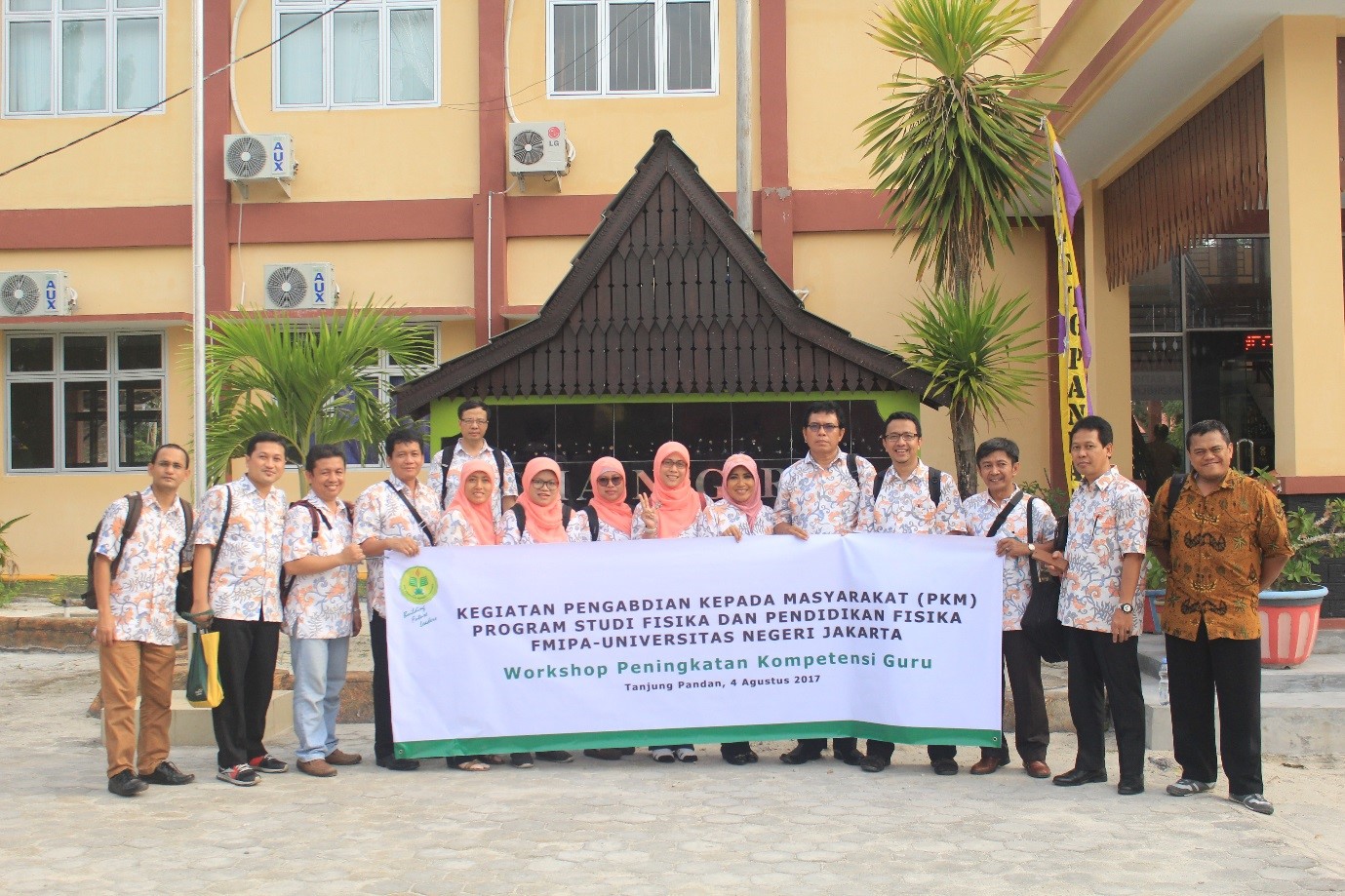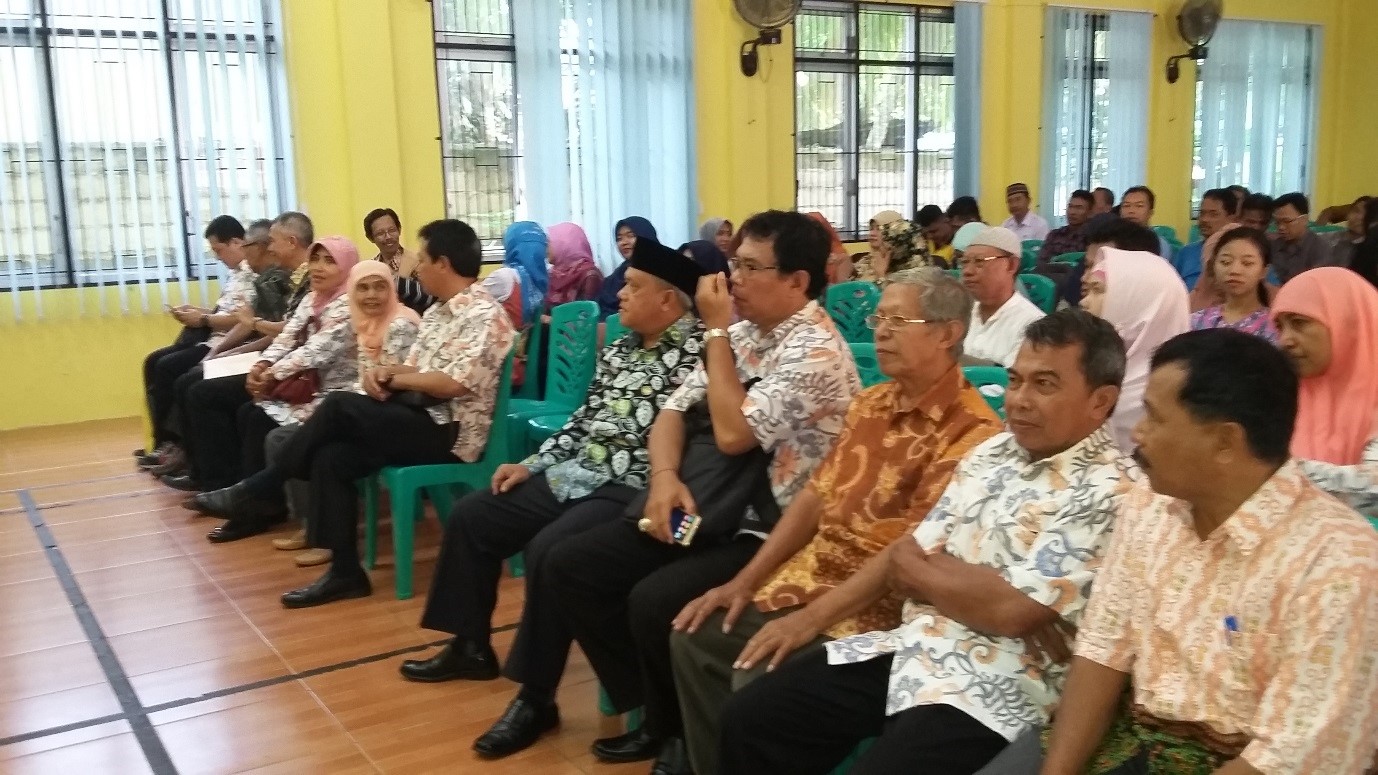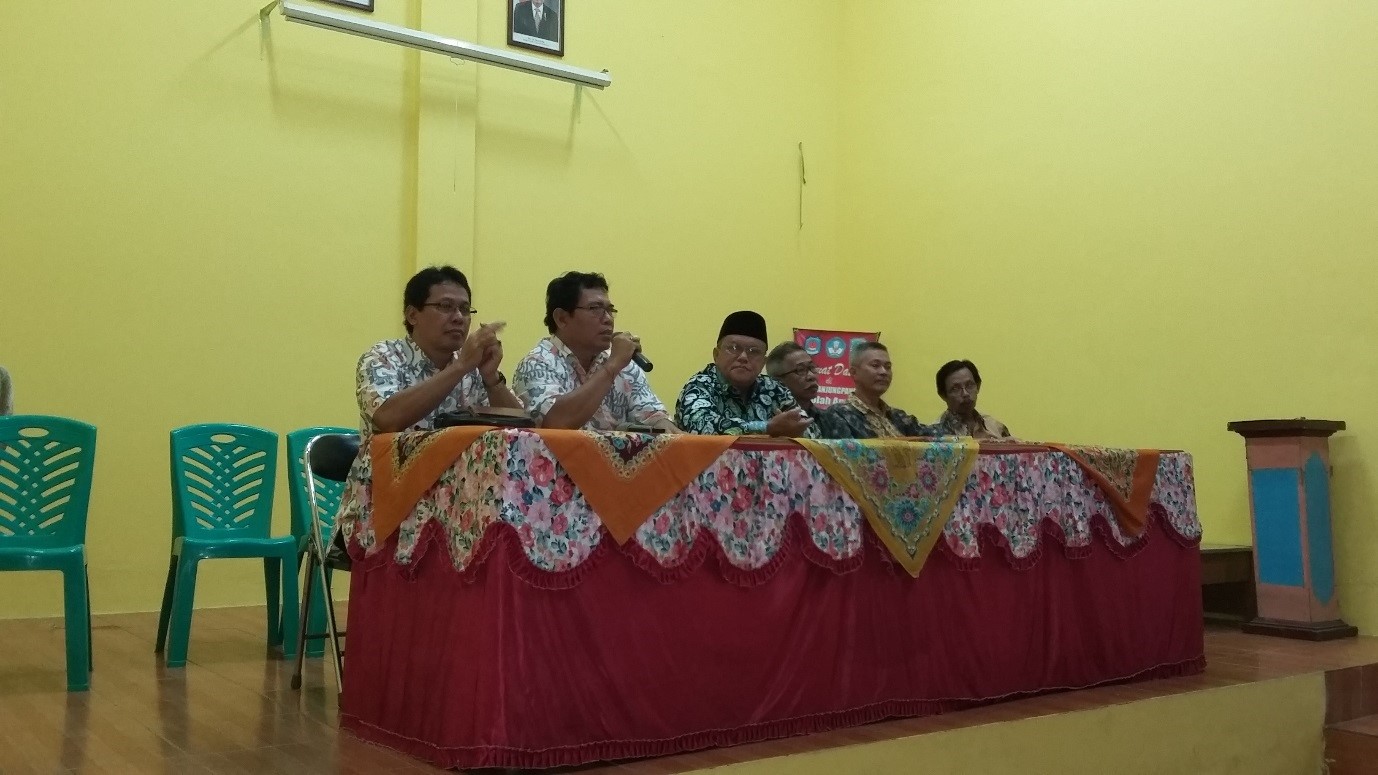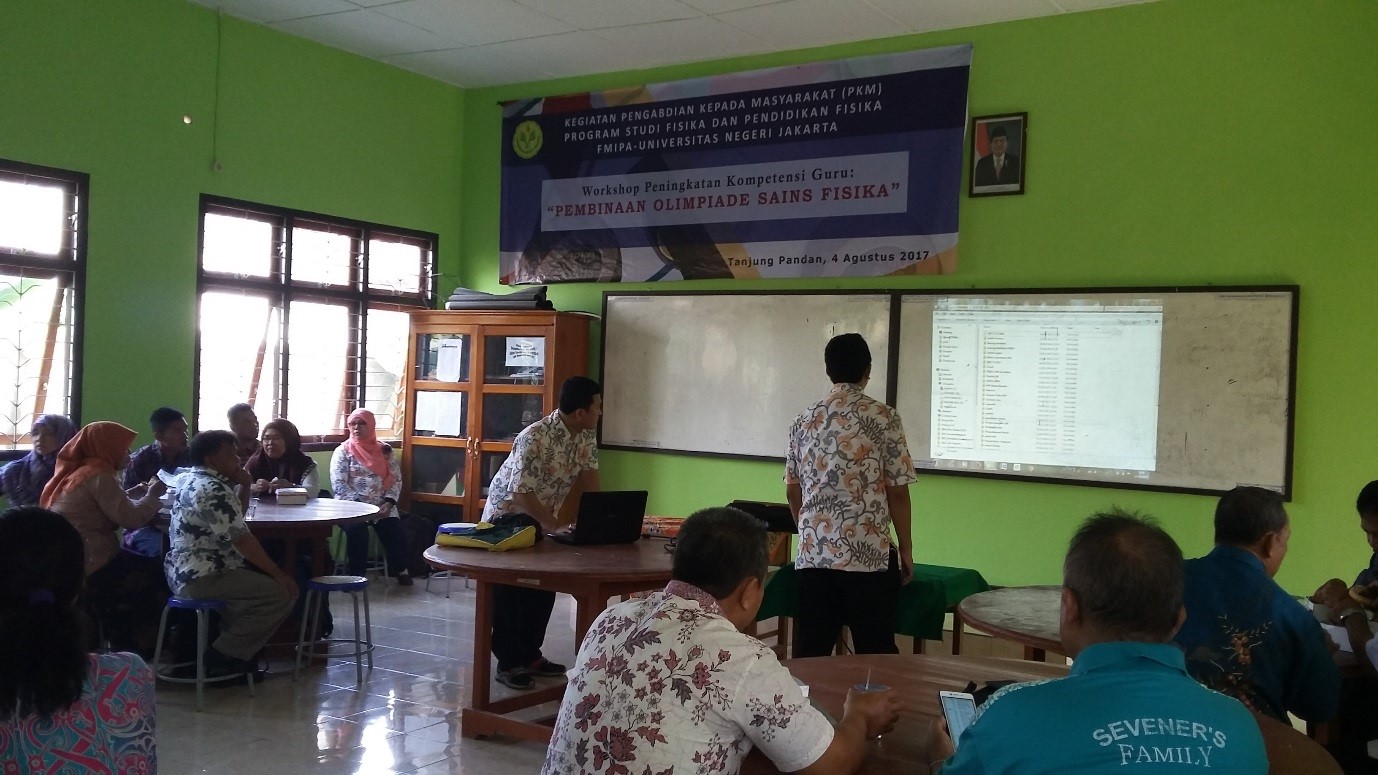Community Service 2017





Day/Date: Friday, August 4, 2017
Time: 08.00 a.m until 04.30 p.m
Place: SMA in Belitung Province, Bangka Belitung
Community service for tertiary institutions is an obligation that is parallel to the dharma of education/teaching and the dharma of research. In other words, it is said to be the tri dharma of higher education, which includes the dharma of education and teaching, research, and community service.
A good university must synchronize the three Dharmas. This rationale is based on the great desire that a tertiary institution should not only produce knowledgeable and conceptually thinking people but also must have social sensitivity or environmental concern during their lives. Because of this, the concept of the ivory tower for universities has to be eliminated. This is based on the concept that apart from intellectual/academic abilities, humans are also social beings and must pay attention to their environment. Humans must be friendly with the environment and care for others. Community service is an effort carried out by a person either individually, jointly, or in groups or institutions to help improve the standard of living of the people who are assisted by the mission they carry. When the dharma is related to higher education institutions, it is adapted to the mission it carries, namely, the practice of science, technology, and art directly in the community carried out institutionally and professionally, as the noble responsibility of higher education institutions in developing community capabilities so that they can accelerate the achievement of national development goals. To determine the effectiveness and accuracy of the knowledge developed in a higher education institution, it is important to apply it to the user community. Likewise, to find out the effectiveness of the research results obtained in the research field in tertiary institutions, it also needs to be applied in the user community. Darma community service by a tertiary institution is part of applying learning materials and research results to the community. Community service by tertiary institutions must, therefore, include several aspects:
- Development of science, technology, and arts
- Dissemination of science, technology, and art
- Application of science, technology, and art
- Provision of expertise assistance to the community
- Provision of professional services to the community.
The forms of activities that are often carried out in community service in a tertiary institution are:
- Education to the community. What education means for the community is the provision of non-formal education in the context of continuing education with various activities: courses, upgrading, workshops, job training, counseling, and job guidance. 4 It should be noted that in the form of community education activities, practical programs must be adapted to market needs, taking into account the socio-cultural conditions of the community and the level of community education. What is being done will likely be useless and redundant if this is not considered.
- Service to the community. While in modern society, there are simultaneously professional community service staff who can help people who need them at any time, in societies that are still developing, this is still very limited, if not to say it does not yet exist. In connection with this, universities must provide professional services to people who need higher education.
- Development of research results. Research results need to be developed so that people can enjoy them. The product can be applied to knowledge, technology, or art, whose results are ready to use. The activity can include how to work, work procedures, teaching methods, subject matter, etc.
- Integrated regional development. By collaborating with several regional agencies, tertiary institutions with experts who already have the concept of regional development planning can carry out community service in the form of fostered villages carrying out regional development planning in an integrated and comprehensive manner. This is, of course, very closely related to the arrangement of areas in an area that already has rules as a guideline.
- Integrated regional development. By collaborating with several regional agencies, tertiary institutions with experts who already have the concept of regional development planning can carry out community service in the form of fostered villages carrying out regional development planning in an integrated and comprehensive manner. This is, of course, very closely related to the arrangement of areas in an area that already has rules as a guideline.
The purpose of this activity is:
- Improving the skills of SMA, MA, and SMK teachers in developing Physics teaching aids by utilizing information technology.
- Dissemination of strategies for coaching and preparation for the National High School Physics Olympiad
- Improving the competence of school laboratory managers (SMA, MA, and SMK) in Belitung Regency, Bangka Belitung Province.
- Improving the competence of SMA, MA, and SMK teachers in Belitung Regency, Bangka Belitung Province, in developing learning media and computer-based assessment tools (Computer Based Test, CBT)
The benefits of this activity are expected:
- The implementation of good laboratory management.
- The ability of laboratory managers to increase the use of laboratories to support learning.
- Improving the quality of learning in SMA, MA, and SMK in Belitung Regency, Bangka Belitung Province.
- Teachers are competent in fostering students to excel in the OSN-Physics selection.